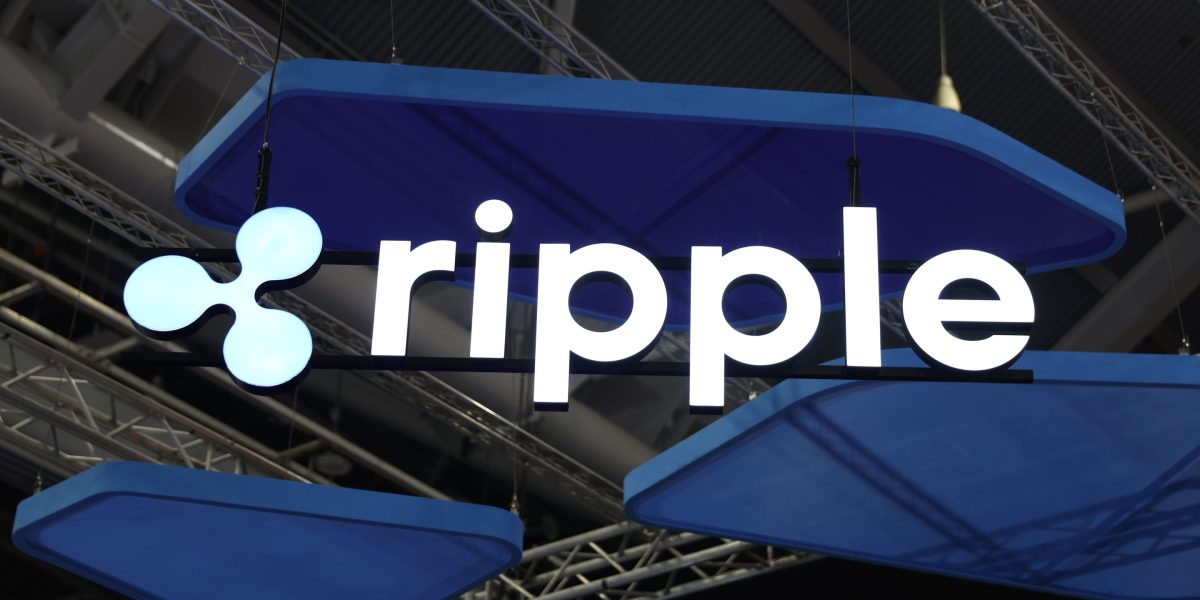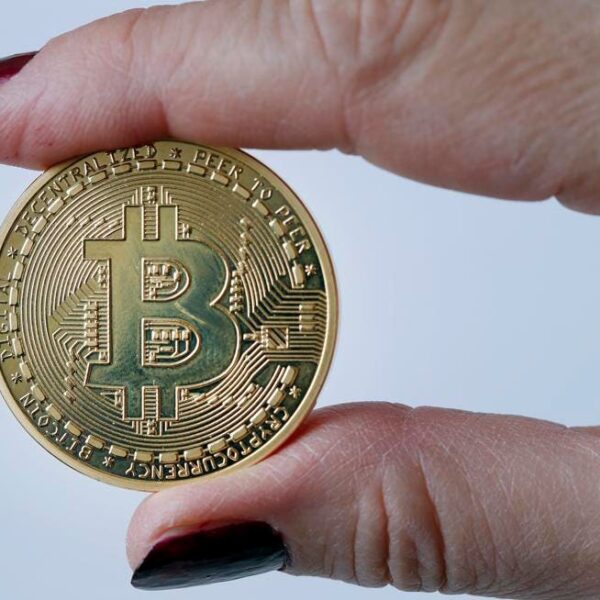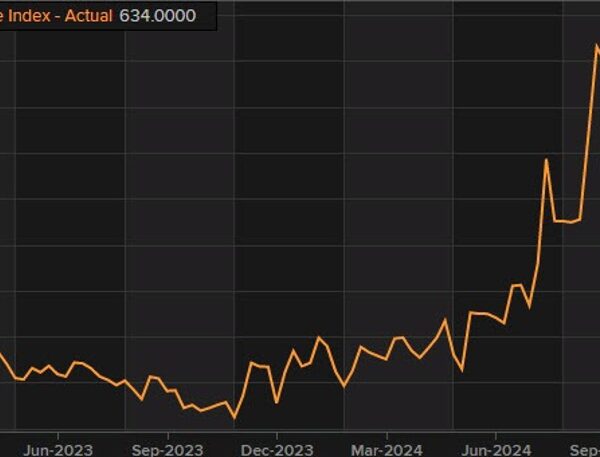

On Friday, Ripple began testing its stablecoin on the company’s own blockchain, XRP Ledger, and Ethereum. The crypto firm first announced its plans to launch a U.S. dollar-pegged cryptocurrency called Ripple USD (RLUSD) in April. The token will be backed by short-term U.S. Treasuries, dollar deposits and cash equivalents.
“Ripple USD is currently in its beta phase and is being rigorously tested by our enterprise partners,” the company said in a blog post. “This phase is crucial for ensuring that the stablecoin meets the highest standards of security, efficiency, and reliability before it becomes widely available, and after receipt of regulatory approval.”
Why is Ripple launching RLUSD?
Stablecoins—cryptocurrency designed to maintain a constant value by being pegged to a commodity or currency like the U.S. dollar—are a booming industry. Valued at $153 billion, broker Bernstein forecasts that the market could grow to $2.8 trillion by 2028. Over the past day, the trading volume of the most popular stablecoin, Tether’s USDT, was $10 billion greater than Bitcoin’s, according to CoinGecko data. Cross-border payments are a common use-case fueling the demand.
Meanwhile, the crypto industry regards stablecoins as the lowest-hanging fruit when it comes to crypto regulation. The European Union issued rules for issuing and trading the coins in June, the new U.K. government is thought to follow suit by the year’s end, and a year ago, a stablecoin bill was introduced to the House of Representatives.
For Ripple, a push into stablecoins also makes strategic sense as they are a natural complement to the company’s existing business model, which involves using the XRP token to facilitate cross-border transactions.
Ripple, however, will be entering an already crowded field. Ian Taylor, head of crypto and digital assets at KPMG U.K. and board advisor at lobbying group CryptoUK, recently told Fortune that he’s working with half a dozen payment companies and fintechs with banking licenses waiting for U.K. regulation in order to issue stablecoins. He expects that once the legislation goes live, there will be a “significant increase” in ready-to-go sterling-backed coins.
“I don’t know that the market is crying out, asking for a new stablecoin,” Andy Bromberg, CEO of stablecoin wallet Beam, recently told Fortune. The sector’s leaders, USDT and Circle (USDC), together dominate over 90% of the stablecoin market, according to CoinGecko data. Competing with the duopoly that dominates the stablecoin market won’t be easy for Ripple’s new coin on the block: among the top 10 stablecoins by market capitalization, half have accrued under $1 billion.
So why launch one at all? Yield is the likely reason, thanks to high interest rates on U.S. Treasuries. The current interest rate for so-called I bonds (a type of U.S. bond where the interest rate adjusts every six months) issued between May 2024 and October 2024 is 4.28%, according to government data. So, if Ripple’s coin can reach $1 billion, that’s an annual yield of over $42.8 million.
“These coins are ludicrously profitable businesses,” Bromberg said.















